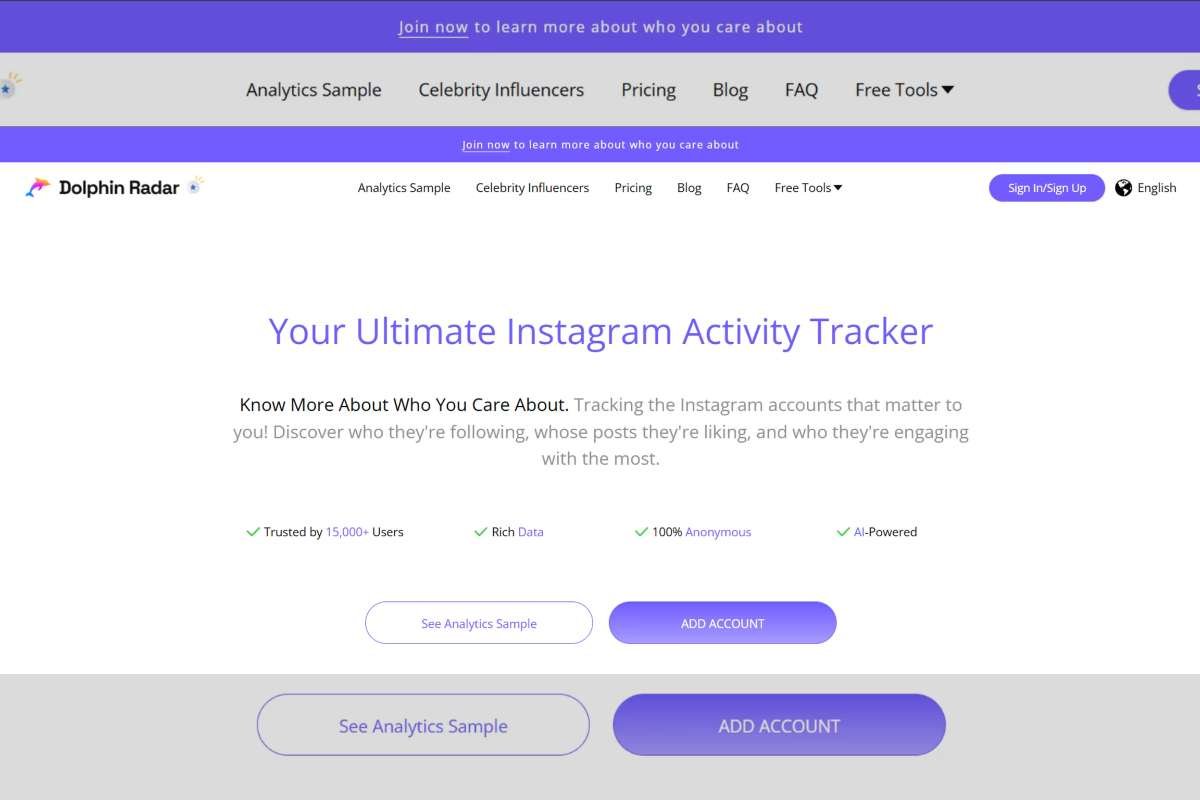You’ve invested in marketing, sent your team out to events, maybe even bought a few lead lists. But in your next meeting, you hear the familiar complaint: “We just have no good leads.” It’s frustrating — and if left unchecked, it can stall revenue growth and drag down morale.
The truth is, most businesses don’t actually have a lead shortage. More often, they have a strategy or process problem. Whether that’s unclear qualification criteria, weak follow‑up, or a misalignment between marketing and sales, these are issues that can be fixed with the right approach. In many cases, bringing in outside expertise — for instance, someone like Alex Croucher who specialises in optimising lead systems — can help uncover blind spots and give your team the clarity they need.
Look at How Leads Are Being Qualified
Before you pour more money into marketing campaigns, start by asking a simple question: What do we actually consider a good lead?
If your sales reps can’t answer that consistently, you’ve found a core issue. A mismatch between marketing’s idea of a lead and what sales can actually close creates frustration on both sides.
Action steps:
- Sit down with both teams and define what makes a lead worth pursuing.
- Document criteria such as budget, industry, role, and timeline.
- Share examples of recent deals that fit those criteria to give context.
Once everyone is clear on what “good” means, marketing can focus on finding more of those leads, and sales can prioritise them confidently.
Audit the Follow‑Up Process
Even the best leads won’t turn into customers without timely and consistent follow‑up. Research shows many businesses stop after one or two outreach attempts, while competitors follow up five, six, or even ten times before moving on.
Ask yourself: When a lead comes in, what happens next? Are reps reaching out quickly? Are they using multiple channels like email, phone, and LinkedIn? Are they tailoring their messages based on what the lead engaged with?
Quick wins to improve follow-up:
- Set a clear response time goal (for example, first contact within one hour).
- Create templates or scripts to make follow‑ups easier.
- Track every touchpoint in your CRM so nothing slips through the cracks.
Align Marketing and Sales Goals

If your marketing team measures success by the number of leads generated, but your sales team is judged on closed revenue, misalignment is inevitable. Marketing might celebrate hitting a lead target while sales is left with names that don’t convert.
Instead, work together on shared goals. Agree on a target for qualified opportunities rather than just raw leads. Review lead quality in regular meetings and tweak campaigns or outreach strategies as needed.
Practical steps:
- Hold monthly alignment sessions between marketing and sales.
- Share feedback on which campaigns produce leads that actually close.
- Adjust targeting criteria based on real sales data.
Train and Support Your Sales Team

Sometimes, the problem isn’t the lead itself — it’s the confidence or skill level of the rep handling it. If they feel unequipped to handle objections or nurture early‑stage opportunities, they might dismiss potentially great leads as “no good leads.”
Investing in training can pay off quickly. Workshops on objection handling, effective discovery calls, or even time management can empower your team to work leads more effectively.
Ideas to try:
- Pair new reps with top performers for call shadowing.
- Role‑play common objections in team meetings.
- Give reps access to updated product or service resources they can share with prospects.
Review Your Lead Sources

Not all lead sources are equal. Some may produce a high volume of unqualified names, while others quietly deliver a steady stream of strong prospects. Regularly review where your leads are coming from and how they perform over time.
Look beyond the numbers. A channel that delivers fewer leads but with a higher close rate is often worth more investment than one that floods your CRM with low‑quality contacts.
Consider these questions:
- Which campaigns or sources lead to the highest conversion rates?
- Are there underused channels, like referrals or partnerships, that could be expanded?
- Are there outdated sources that are wasting time and budget?
Create a Culture of Feedback and Improvement
When your sales team says, “We have no good leads,” treat it as an opportunity to dig deeper rather than an excuse to keep things as they are. Encourage open dialogue about what’s working and what’s not. Test small improvements and track their impact.
Over time, this approach builds a stronger feedback loop between marketing and sales, ensuring everyone’s energy is focused on leads that truly matter. Instead of chasing more and more contacts, you’ll be developing a pipeline that feels manageable, high‑quality, and built to close.
By tackling the root causes behind that complaint, you can turn frustration into action — and set your team up for real, measurable growth, eliminating the problem of ‘no good leads’ for good.


















